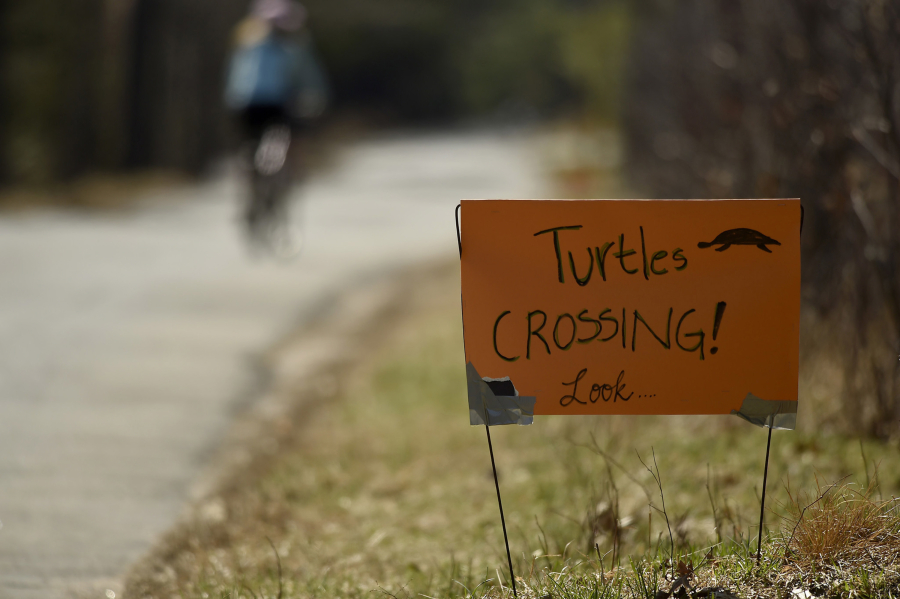HARTFORD, Conn. — How much do Connecticut residents know about the state’s native turtles and the many dangers they face, including illegal trade? That’s what a state-sponsored survey seeks to find out.
Poachers gather turtles in the state and throughout the U.S., tape them, stuff them in socks and pillowcases and pile the animals on top of each other in hot and cold conditions for illegal shipment.
“They are not treated well,” state wildlife biologist Mike Ravesi said in an interview Tuesday.
Turtles also face often fatal road crossings and loss and degradation of habitat, among other hazards. The state lists nine of Connecticut’s 12 turtle species as endangered, threatened or of special concern. Results of the survey will help wildlife managers create materials to educate the public about what they can do to help turtles survive, according to the state Department of Energy and Environmental Protection.
Freshwater turtles are some of the most commonly trafficked species in the U.S. Turtles are illegally shipped to domestic and foreign markets, particularly Asia, where they are eaten, used for perceived medicinal benefits and for their ornamental shells. Many depleted species cannot withstand the additional pressures of the illegal trade, according to DEEP.
Conducted by UConn Associate Professor Anita Morzillo and student researcher Abigail Dunn, the survey asks questions that include:
- In your opinion, how important are wild turtles to Connecticut’s ecosystems?
- One of the reasons that turtles are at risk is because of illegal collection and trade occurring within the state. What do you believe are other threats facing Connecticut’s wild turtle populations?
- Before taking this survey, were you aware that it is illegal to collect or possess a native species of turtle in Connecticut without a permit?
The survey also includes DEEP’s conservation law enforcement dispatch line, 860-424-3333, which people can call to report suspicious activity that may be illegal poaching.
Examples of suspicious activity that may indicate turtle poaching include people with bags, poking around in wetlands and along streams, or flipping over logs and rocks; cars parked near forested areas with collection equipment such as nets, containers and pillowcases; unattended backpacks or bags left in the woods, along a trail, or near roads; sheets of metal or plywood laid on the ground to attract cold-blooded reptiles and amphibians; unmarked traps set in wetlands.
Traps for research will be clearly marked. Also, snapping turtles that are 13 inches or larger may be legally trapped from July 15 to Sept. 30 with a daily limit of five turtles and a possession and season limit of 10. A snapping turtle endorsement is required, and eggs and nests cannot be disturbed.
The state’s native species also include the bog turtle, common musk turtle, eastern box turtle, northern diamondback terrapin, eastern painted turtle, spotted turtle, wood turtle, Atlantic green sea turtle, Atlantic Ridley sea turtle, leatherback sea turtle and loggerhead sea turtle. The sea turtles have been found in Long Island Sound.



